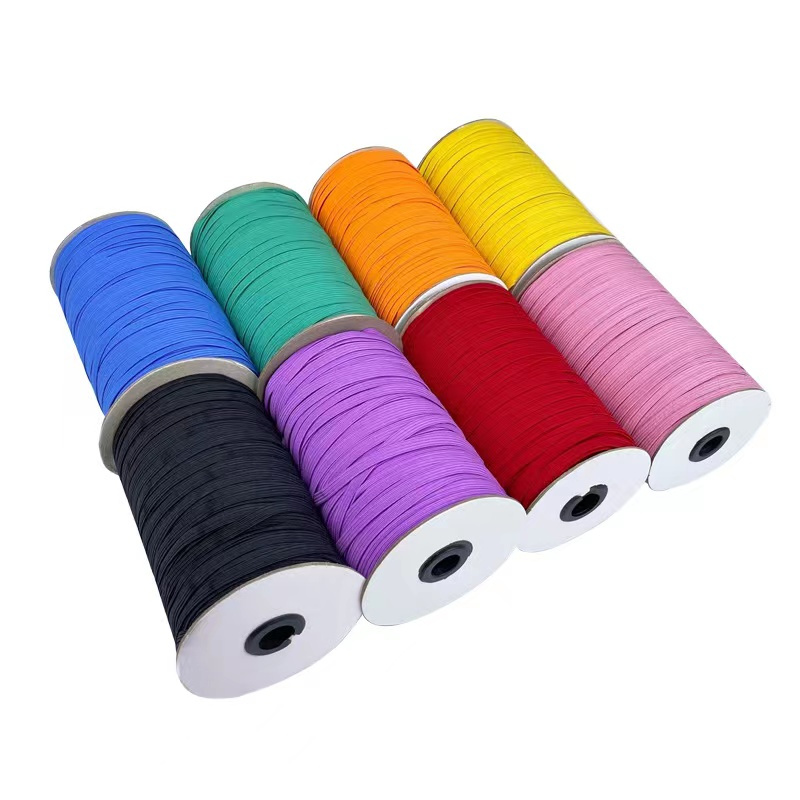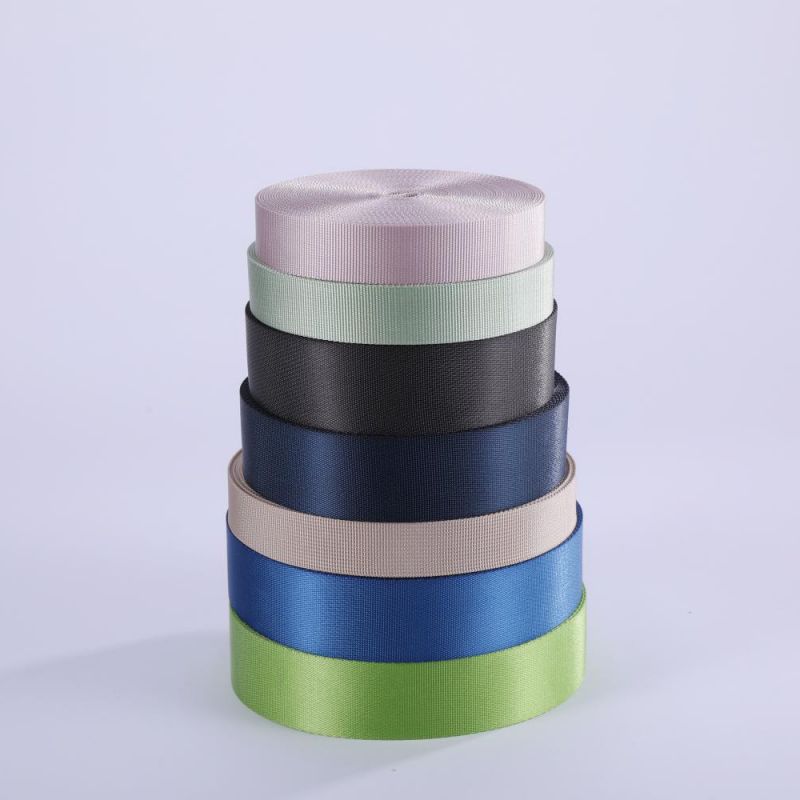"webbing" describes cloth woven from several materials that varies in strength and width. It is created by weaving yarn into strips on looms. Webbing, in contrast to rope, has a wide range of uses that go well beyond harnessing. Due to its great adaptability, it is essential to many industrial applications, which we will discuss in more detail in the following section.
Typically, webbing is formed in a flat or tubular fashion, each with a specific purpose in mind. Webbing tape, in contrast to rope, may be formed into extremely light parts. Numerous varieties of cotton, polyester, nylon, and polypropylene make up its material composition. Manufacturers can alter webbing to have varied printing, designs, colours, and reflectivity for a range of safety uses, regardless of the material composition of the product.
Often composed of robust solid woven fibres, flat webbing is often referred to as solid webbing. It comes in various thicknesses, widths, and material compositions; each of these characteristics affects the webbing's breaking strength differently.
Flat nylon webbing is typically used by manufacturers to create bulky items like seatbelts, reinforcing bindings, and straps. Because tubular webbing tape is usually thicker and more flexible than flat webbing, it can be used for covers, hoses, and filters. Manufacturers may utilise a combination of flat and tubular webbing for dynamic functions, including safety harnesses that need knots, since it is more resilient to abrasion than other types of webbing.
Webbing is most commonly made of fabrics that are resilient to rips and slashes. The thickness of individual fibres in webbing is measured in units called deniers, which are used to determine the degree of cut resistance. A low denier count indicates that the fibre is sheer and soft, similar to silk, whereas a high denier count indicates that the fibre is thick, strong, and long-lasting.
The temperature rating refers to the point at which webbing material degrades or is destroyed by high heat. Webbing needs to be fire-resistant and fire-retardant for a number of uses. Since the fire-resistant chemical is a part of the chemical composition of the fibre, it doesn't wash out or wear off.
High Tensile Webbing and Nylon 6 are two examples of robust and fire-resistant webbing materials. High Tensile Webbing is not easily torn or cut. It is capable of withstanding temperatures as high as 356°F (180°C) without the substance being destroyed or decomposed by the heat. With a denier range of 1,000–3,000, nylon 6 is the strongest material for webbing that resists fire. It is also capable of withstanding very high temperatures.
Webbing is an extremely versatile material with applications in many industries thanks to its variability in fire resistance, cut resistance, tear resistance and UV ray resistance.



Post time: Dec-15-2023



